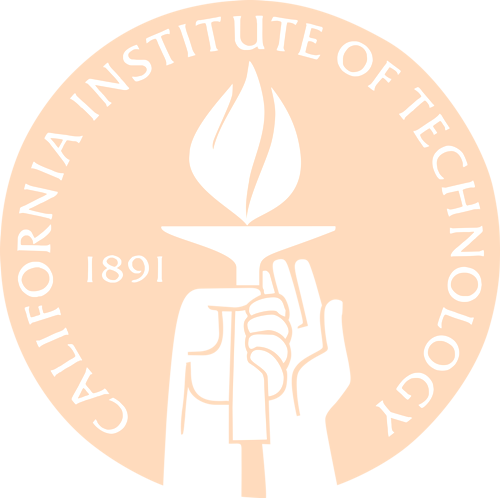Team:Caltech/Week 2
From 2010.igem.org
(Difference between revisions)
| Line 31: | Line 31: | ||
*** K124017/B0015/pSB1C3 | *** K124017/B0015/pSB1C3 | ||
** Transformed the ligation products into DH5alpha (Invitrogen) competent cells via heat shock and plated (incorrectly) on LB-amp plates. | ** Transformed the ligation products into DH5alpha (Invitrogen) competent cells via heat shock and plated (incorrectly) on LB-amp plates. | ||
| + | ** Set up antibiotic test plates for kanamycin (kan) & tetracycline (tet), just as on 6/22. | ||
==Friday 6/25== | ==Friday 6/25== | ||
* Re-transformed the ligation products from 6/24 into DH5alpha cells via heat shock and both: plated 100uL of cells on LB-cm plates and added remainder to create LB-cm liquid culture. Both were incubated overnight at 37C. | * Re-transformed the ligation products from 6/24 into DH5alpha cells via heat shock and both: plated 100uL of cells on LB-cm plates and added remainder to create LB-cm liquid culture. Both were incubated overnight at 37C. | ||
| + | * Checked kan/tet antibiotic test plates: again, plating 50uL of 1000x stock antibiotic appears to be adequate for proper selection. Unfortunately, the XL1 Blue cells we used last week do not appear to actually be tet-resistant (as advertised). | ||
| + | * Designed forward & reverse sequencing primers, using the sequences of G00100 & G00101, which bind to the standard prefix & suffix of the provided plasmid backbone. Note: according to the IDT primer analysis page, the forward primer creates a strong (~9kcal/mol) homodimer, which melts at about the primer melting temp of 55C (according to NUPACK.org analysis). We decided to take a chance and order the G00100 provided sequence since it is specified by the Registry (and therefore hopefully works), even though a better primer could conceivably have been designed (which would probably require different forward primers for each different plasmid). Placed the order for these primers with IDT today. | ||
==Weekend 6/26-27== | ==Weekend 6/26-27== | ||
| + | * Mini-prepped the transformation liquid cultures of the ligation products from 6/25 to extract the plasmid DNA. The pBAD18 positive control contained > 500 colonies (while the pBAD cells in the LB-cm liquid culture did not grow, as expected). Each of the LB-cm agar plates contained 3 colonies, indicating that we should transform > 1uL of ligation DNA in future transformations or change the ligation reaction concentrations. | ||
| + | ::Concentration (ng/uL) A260/A280 | ||
| + | ::75.5 2.013 | ||
| + | ::86.0 1.955 | ||
| + | * Began 3 digestions on the miniprepped DNA: | ||
| + | ** Ligation prod 1 (promoter + RBS, us) | ||
| + | ** Ligation prod 2 (lysis gene cassette + terminator, ds) | ||
| + | ** Linear backbone, tet resistant (pSB1T3) | ||
| + | * Began a ligation reaction using 4uL of digest DNA and 2uL backbone digest DNA (20uL total): | ||
| + | ** LigProd1/LigProd2/pSB1T3 | ||
| + | * Transformed the ligation product into DH5alpha cells via heat shock (2uL ligation product, 1uL pBAD18 positive control DNA in 20uL aliquots of competent cells). | ||
| + | ** Plated 100uL of ligation product cells on an LB-tet agar plate, 100uL of pBAD control cells on LB-amp agar. | ||
| + | ** Transferred remainder of cells of each into 5mL LB-tet liquid culture. | ||
| + | ** Incubated all overnight at 37C. | ||
| | ||
}} | }} | ||
Revision as of 23:29, 26 June 2010
|
People
|
Back to Notebook
Monday 6/21
Tuesday 6/22
Wednesday 6/23
Thursday 6/24
Friday 6/25
Weekend 6/26-27
|
 "
"
